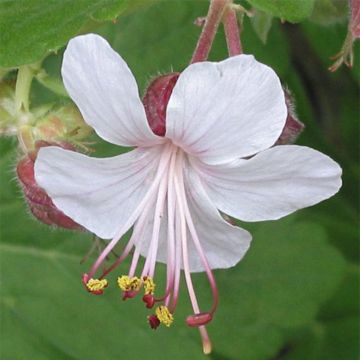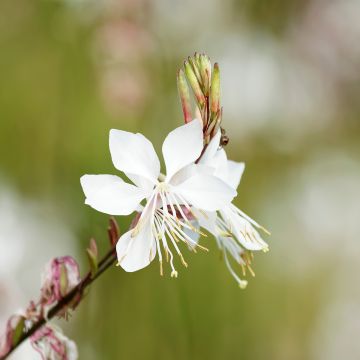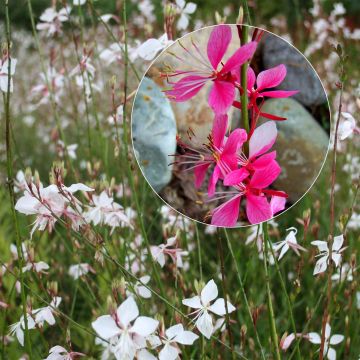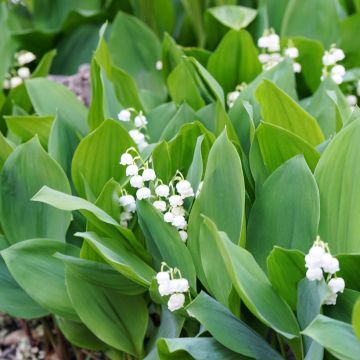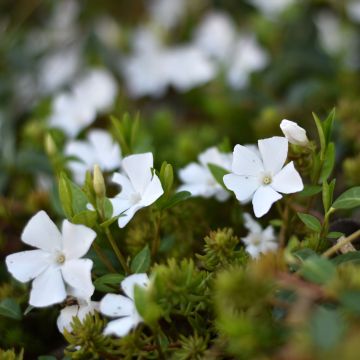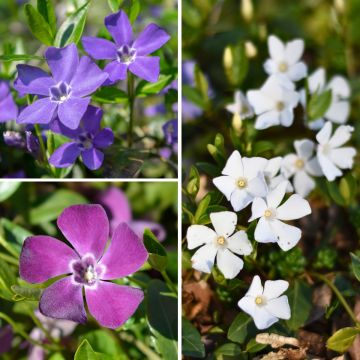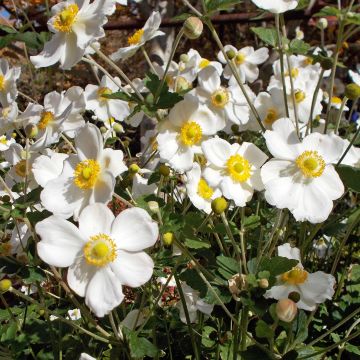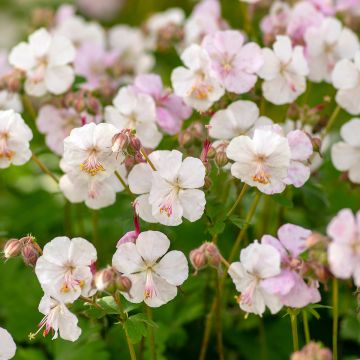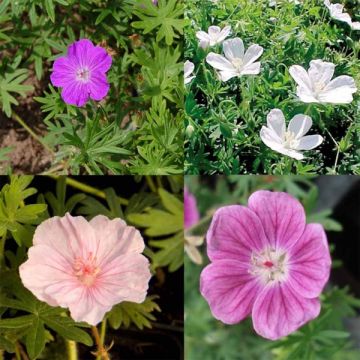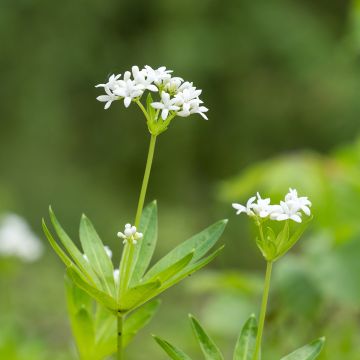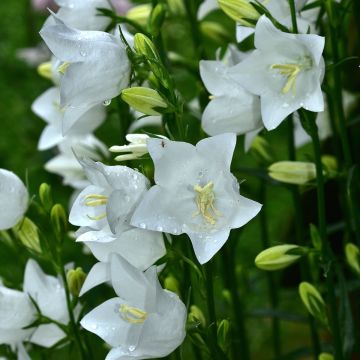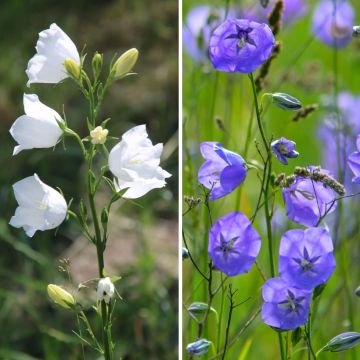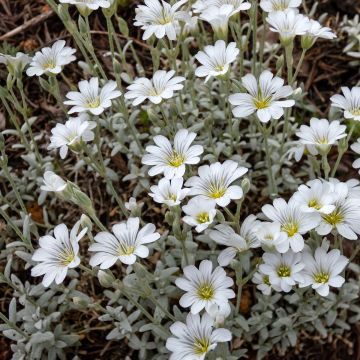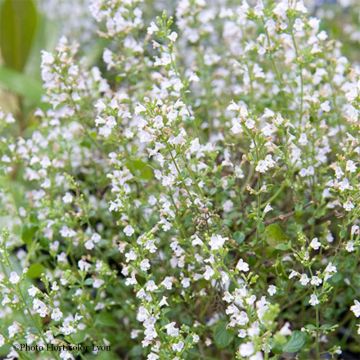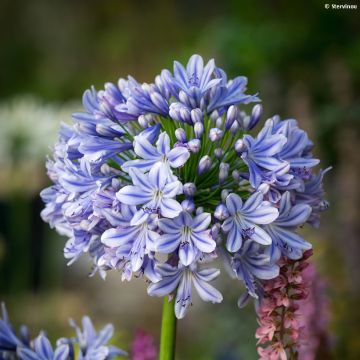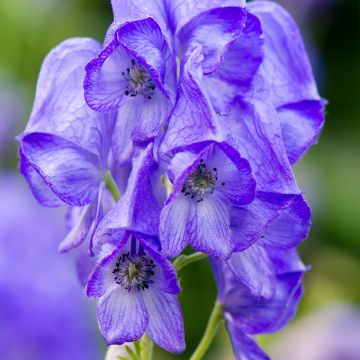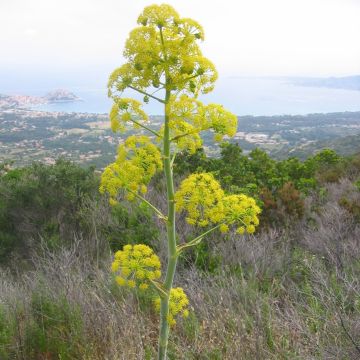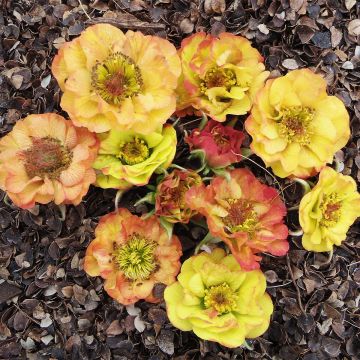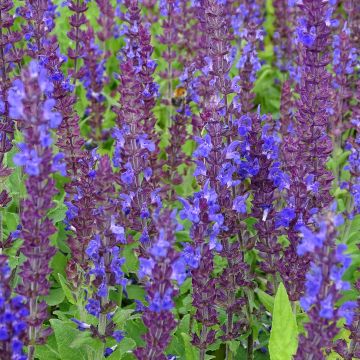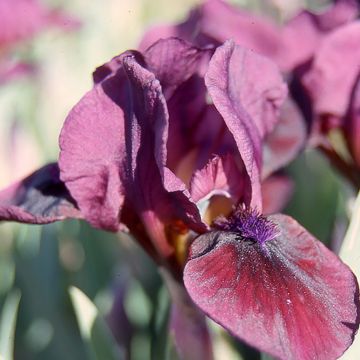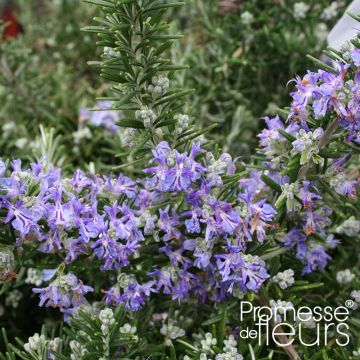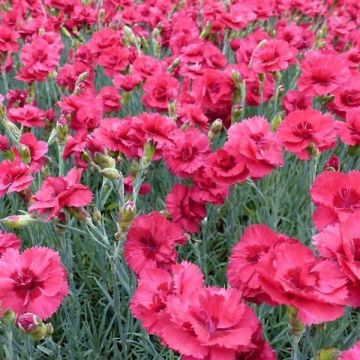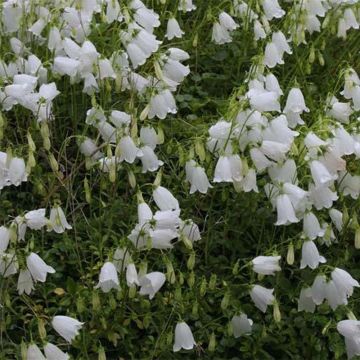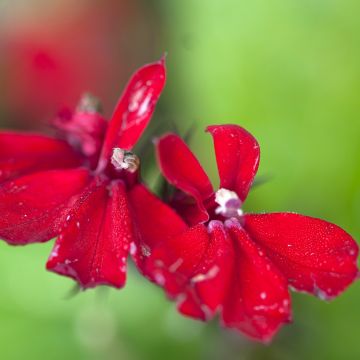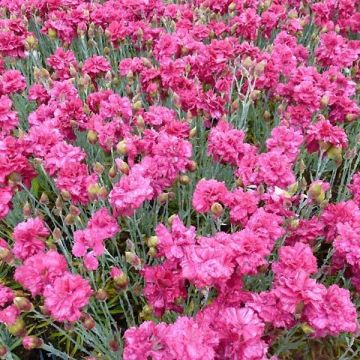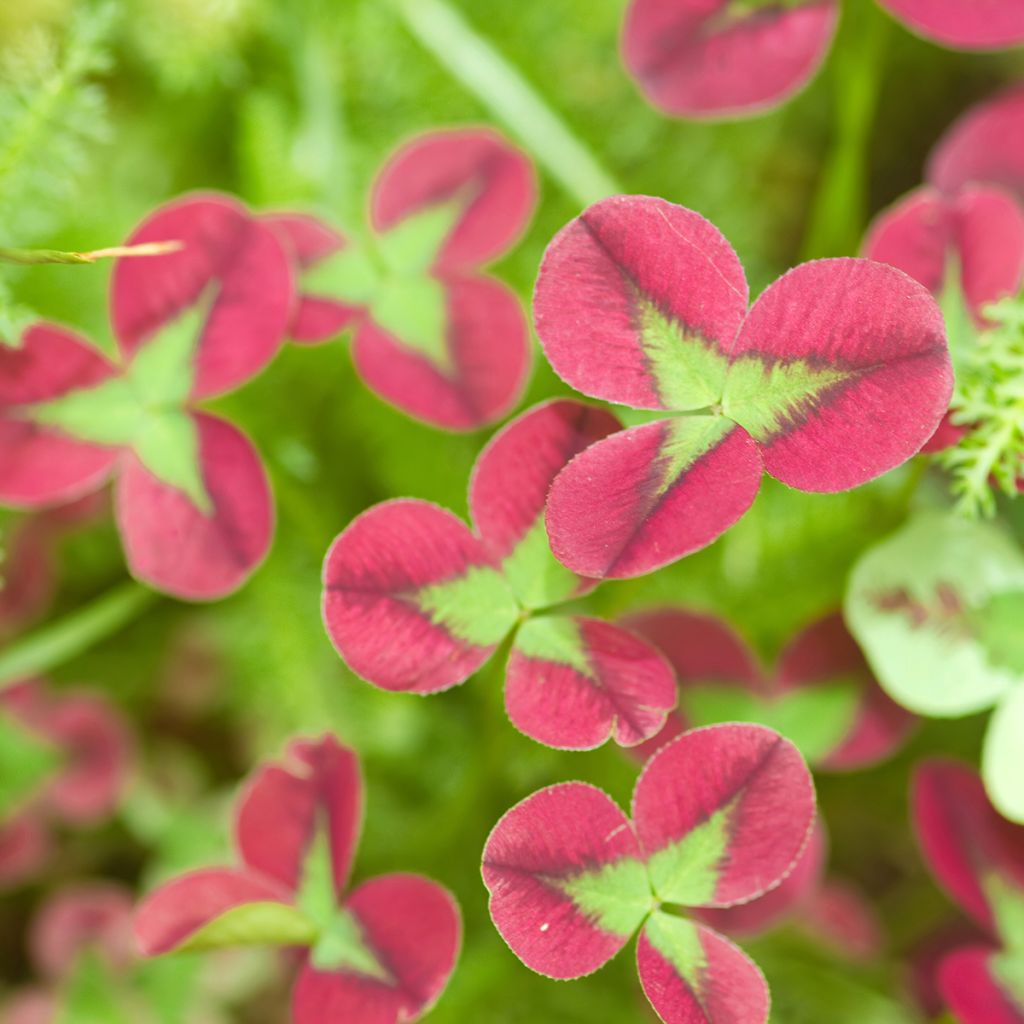

Trifolium repens Isabella
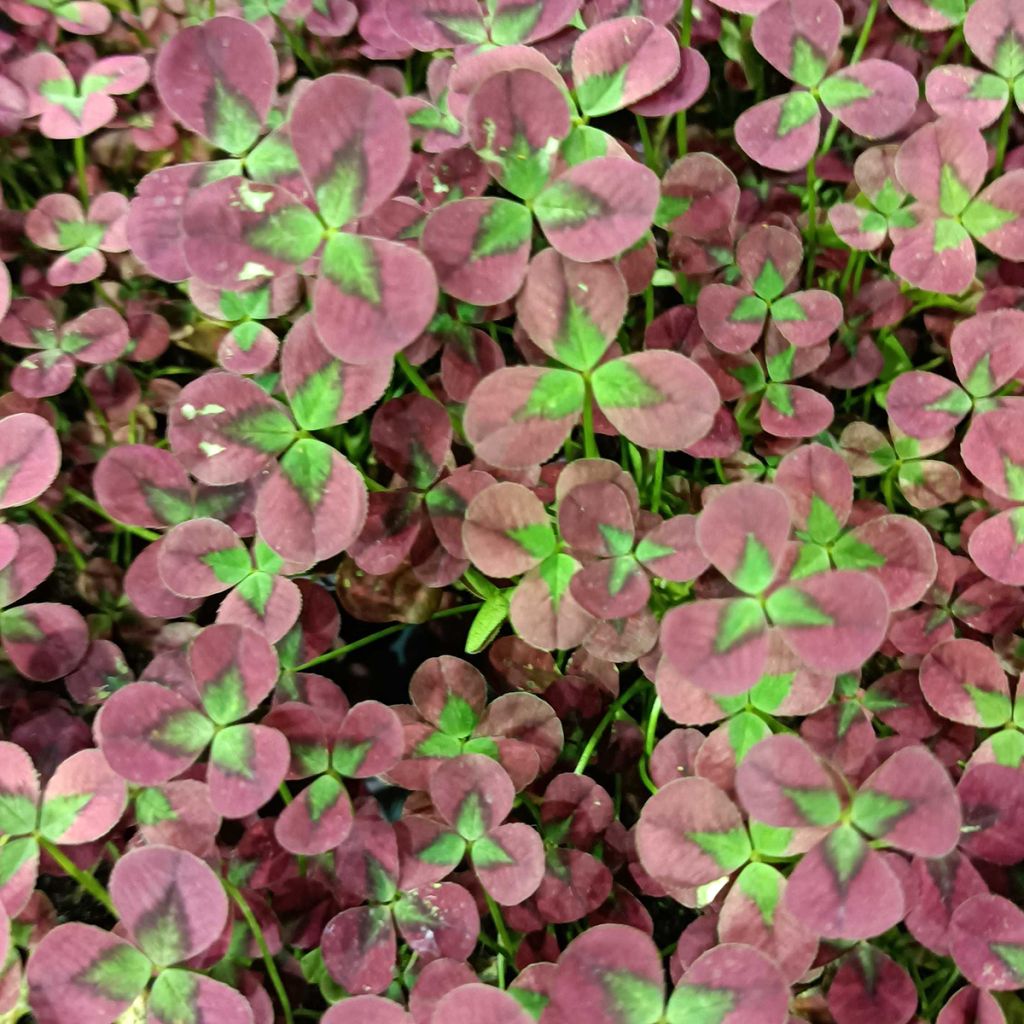

Trifolium repens Isabella
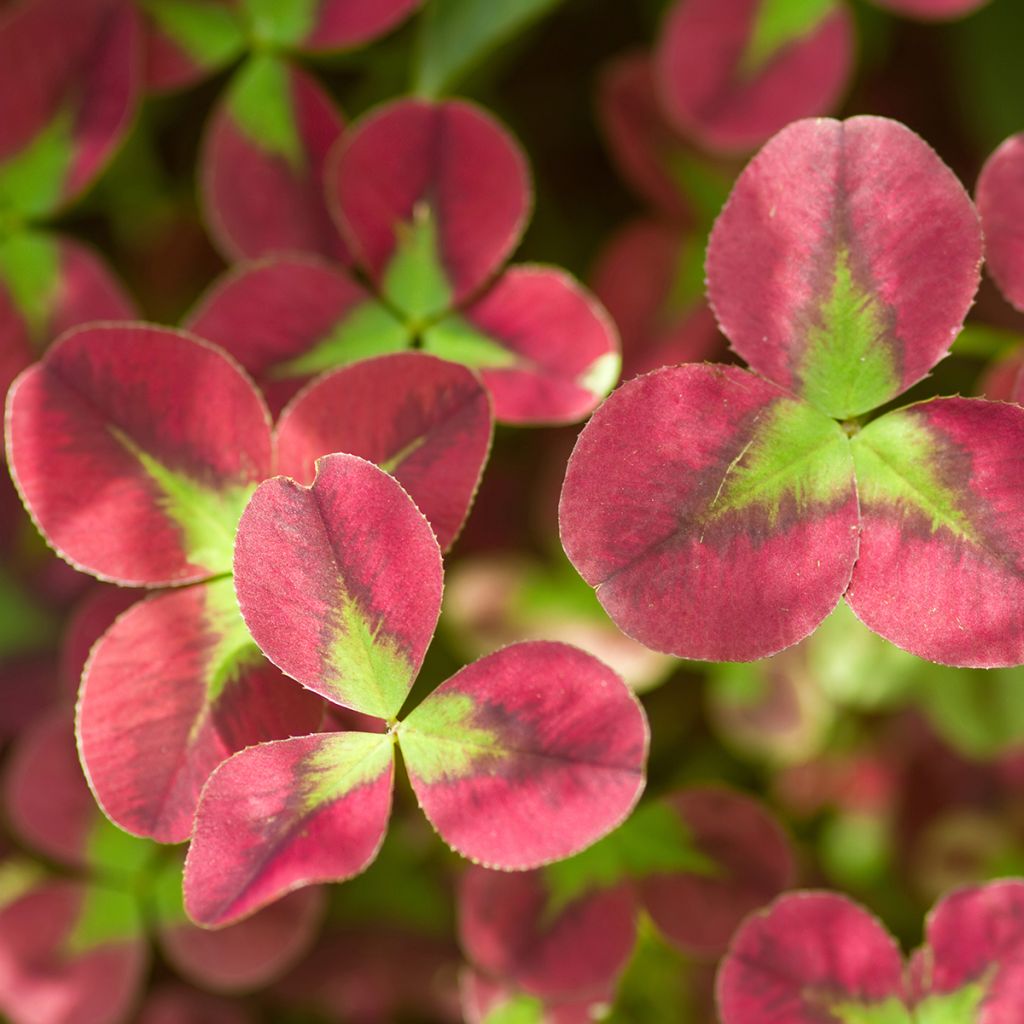

Trifolium repens Isabella
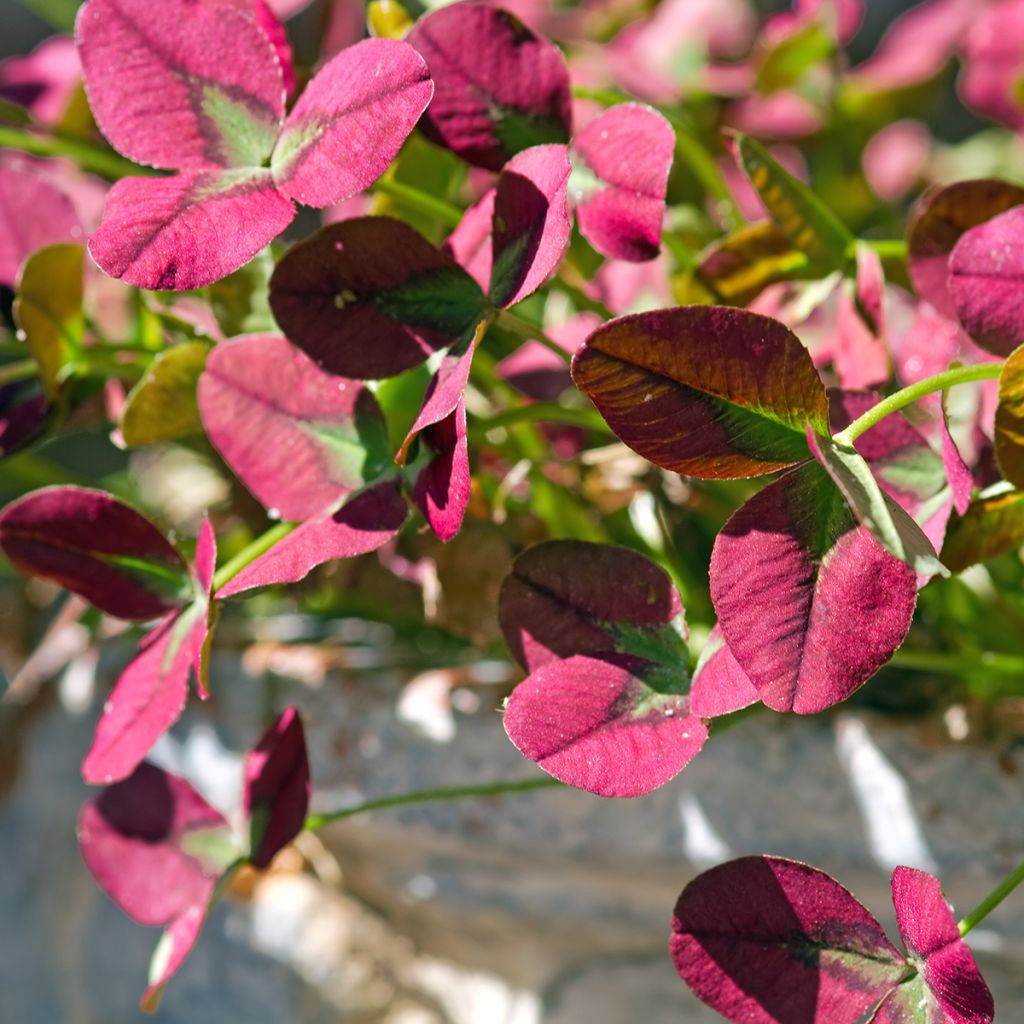

Trifolium repens Isabella
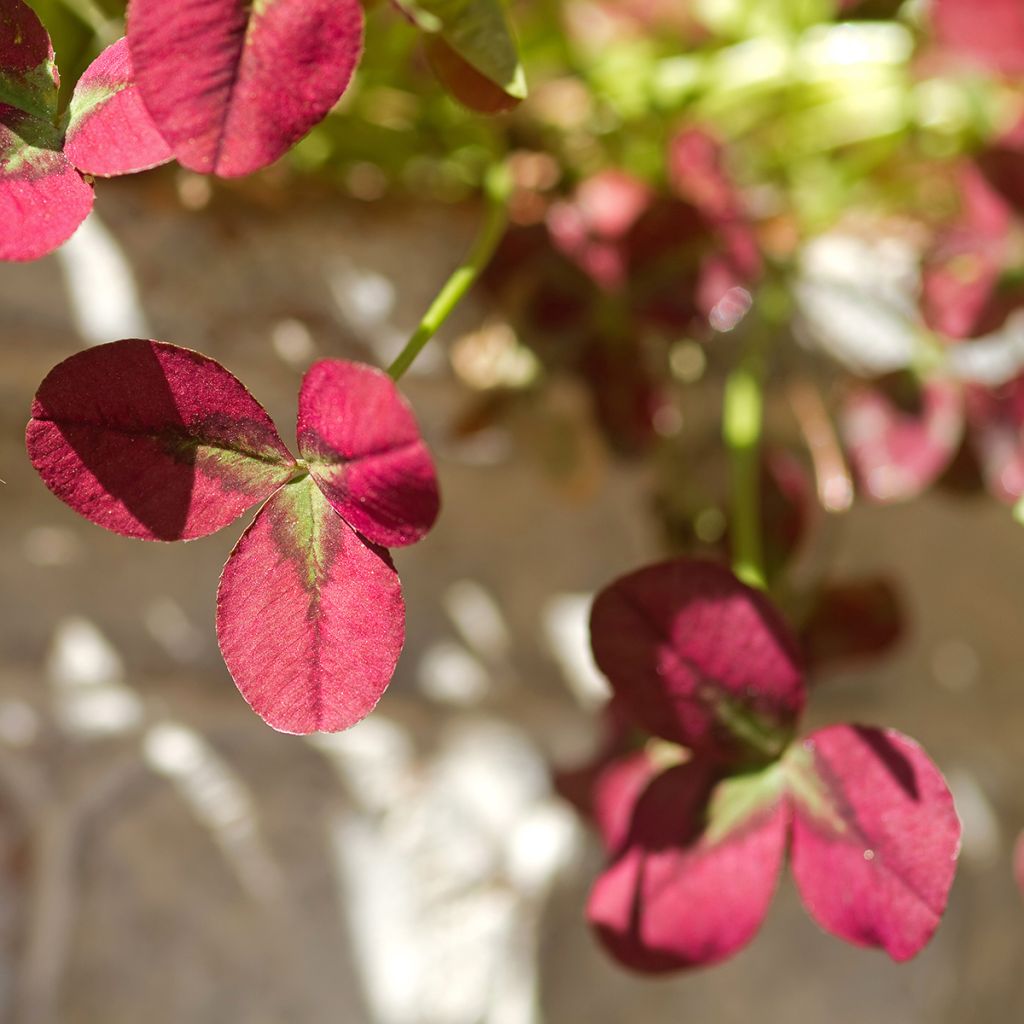

Trifolium repens Isabella
Trifolium repens Isabella
Trifolium repens Isabella
White Clover, Dutch Clover, Ladino Clover
Why not try an alternative variety in stock?
View all →This plant carries a 12 months recovery warranty
More information
We guarantee the quality of our plants for a full growing cycle, and will replace at our expense any plant that fails to recover under normal climatic and planting conditions.
From €5.90 for pickup delivery and €6.90 for home delivery
Express home delivery from €8.90.
Delivery to Corse prohibited: UE law prohibits the import of this plant from mainland France to Corse as part of the fight against Xylella fastidiosa. Please accept our sincere apologies.
More information
Does this plant fit my garden?
Set up your Plantfit profile →
Description
Trifolium repens 'Isabella' is an ornamental clover with beautifully contrasting foliage. Its leaflets display a small green grass heart surrounded by a beautiful red hue. It is carefree, hardy and easy to grow and forms a decorative ground cover, ideal for borders or pots. This perennial appreciates a sunny location where its colours are more intense and moist to wet soil. It's best to avoid planting this variety next to plants with delicate roots, as it can be a bit suffocating.
Clovers belong to the large family of legumes. The Trifolium genus includes nearly 200 species found on all continents, except for Australia. T. repens is native and widespread throughout Europe, as well as in North America, except for boreal zones. This perennial adapts to all types of soils, even limestone and clay. The 'Isabella' variety has vibrant and contrasting colours, in a duo of grass green and red. The plant forms a carpet-like and dense clump, 10 to 20 cm (4 to 8in) tall, expanding over time through creeping stems that root at the nodes. The insignificant flowering takes place in June-July. The pleasantly scented small flowers are about 1 cm (0in) long, whitish-green, sometimes pinkish, upright and gathered in heads that are initially rounded, then oval, at the end of floral stems just above the foliage. This more or less evergreen foliage is composed of leaves divided into 4 entire, rounded, red leaflets with toothed margins and a tender green heart. The fruit is a pod which contains seeds that easily self-sow in light soil.
Trifolium repens 'Isabella' can be used as a ground cover plant in pots with annuals or taller perennials, along with the colourful foliage of morning glories or spiderworts, for example. In the garden, it is very useful as a maintenance-free ground cover as it grows on its own and only needs rainwater. Ideal in hard-to-reach areas, it can also advantageously replace lawns in moderately trafficked areas. Water regularly if grown in pots. Its natural charm works well in borders and rustic flower beds, with perennials with red, green, and purple flowers. Do not grow it with less vigorous perennials, especially alpine perennials, as it will take over.
Flowering
Foliage
Plant habit
Botanical data
Trifolium
repens
Isabella
Fabaceae
White Clover, Dutch Clover, Ladino Clover
Cultivar or hybrid
Other Perennials A to Z
Planting and care
Plant 'Isabella' creeping clover in any ordinary soil, preferably moist, well-drained, deep, and well-tilled, even limestone. Like all legumes, it tolerates poor and degraded soils that it helps to enrich. This species prefers sunny and open exposures.
Planting period
Intended location
Care
This item has not been reviewed yet - be the first to leave a review about it.
Summer flowering perennials
Haven't found what you were looking for?
Hardiness is the lowest winter temperature a plant can endure without suffering serious damage or even dying. However, hardiness is affected by location (a sheltered area, such as a patio), protection (winter cover) and soil type (hardiness is improved by well-drained soil).

Photo Sharing Terms & Conditions
In order to encourage gardeners to interact and share their experiences, Promesse de fleurs offers various media enabling content to be uploaded onto its Site - in particular via the ‘Photo sharing’ module.
The User agrees to refrain from:
- Posting any content that is illegal, prejudicial, insulting, racist, inciteful to hatred, revisionist, contrary to public decency, that infringes on privacy or on the privacy rights of third parties, in particular the publicity rights of persons and goods, intellectual property rights, or the right to privacy.
- Submitting content on behalf of a third party;
- Impersonate the identity of a third party and/or publish any personal information about a third party;
In general, the User undertakes to refrain from any unethical behaviour.
All Content (in particular text, comments, files, images, photos, videos, creative works, etc.), which may be subject to property or intellectual property rights, image or other private rights, shall remain the property of the User, subject to the limited rights granted by the terms of the licence granted by Promesse de fleurs as stated below. Users are at liberty to publish or not to publish such Content on the Site, notably via the ‘Photo Sharing’ facility, and accept that this Content shall be made public and freely accessible, notably on the Internet.
Users further acknowledge, undertake to have ,and guarantee that they hold all necessary rights and permissions to publish such material on the Site, in particular with regard to the legislation in force pertaining to any privacy, property, intellectual property, image, or contractual rights, or rights of any other nature. By publishing such Content on the Site, Users acknowledge accepting full liability as publishers of the Content within the meaning of the law, and grant Promesse de fleurs, free of charge, an inclusive, worldwide licence for the said Content for the entire duration of its publication, including all reproduction, representation, up/downloading, displaying, performing, transmission, and storage rights.
Users also grant permission for their name to be linked to the Content and accept that this link may not always be made available.
By engaging in posting material, Users consent to their Content becoming automatically accessible on the Internet, in particular on other sites and/or blogs and/or web pages of the Promesse de fleurs site, including in particular social pages and the Promesse de fleurs catalogue.
Users may secure the removal of entrusted content free of charge by issuing a simple request via our contact form.

































